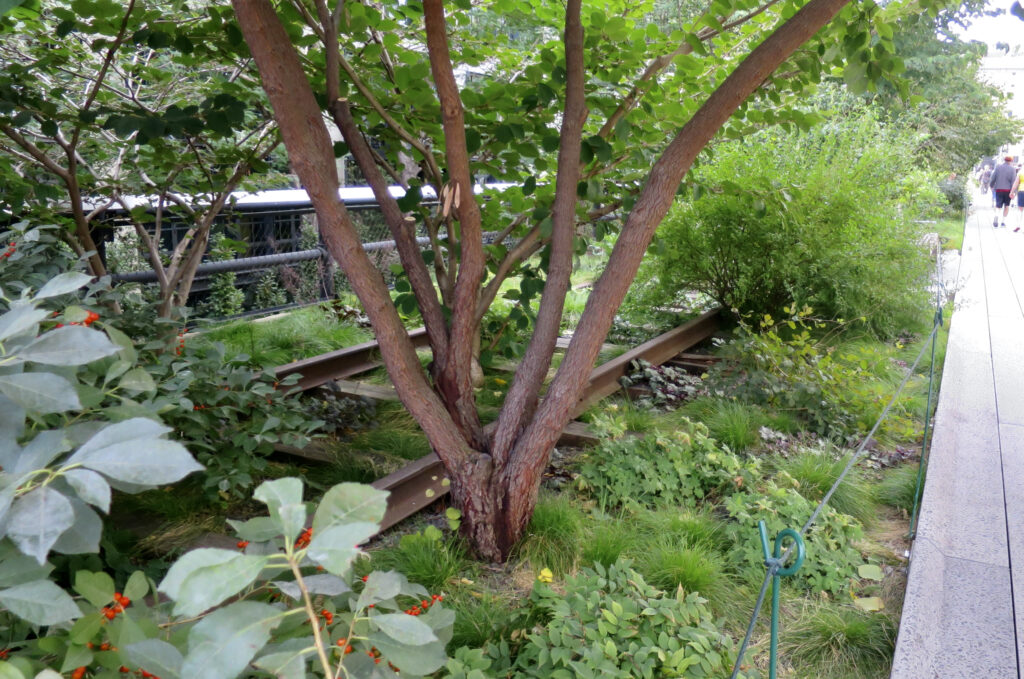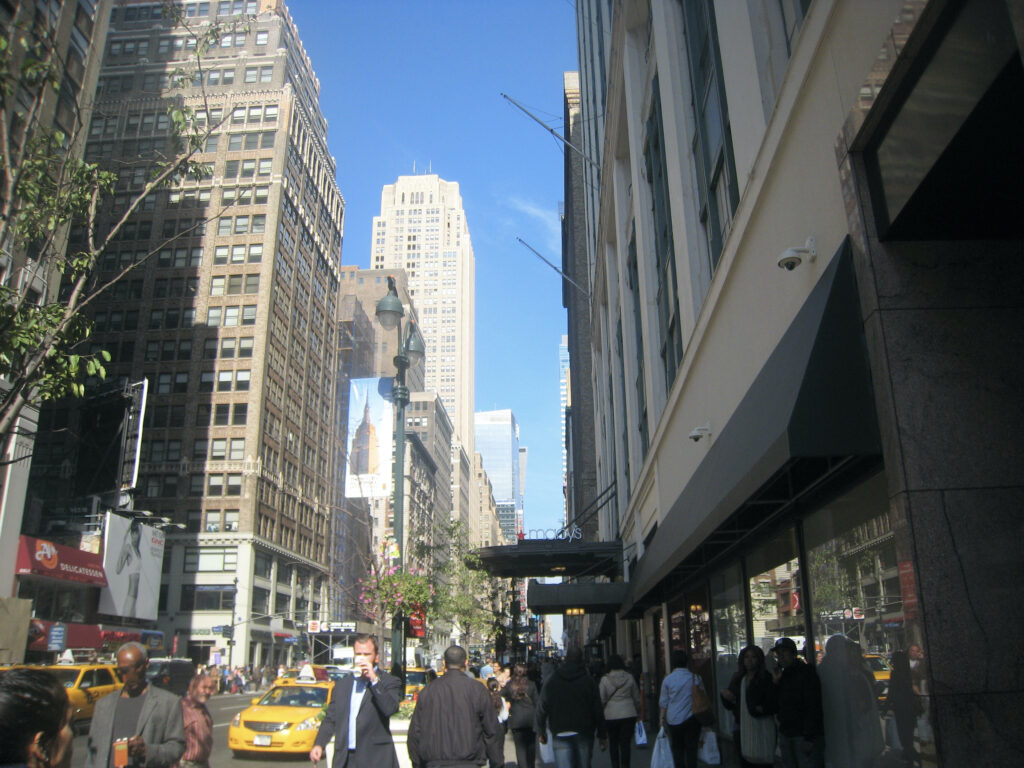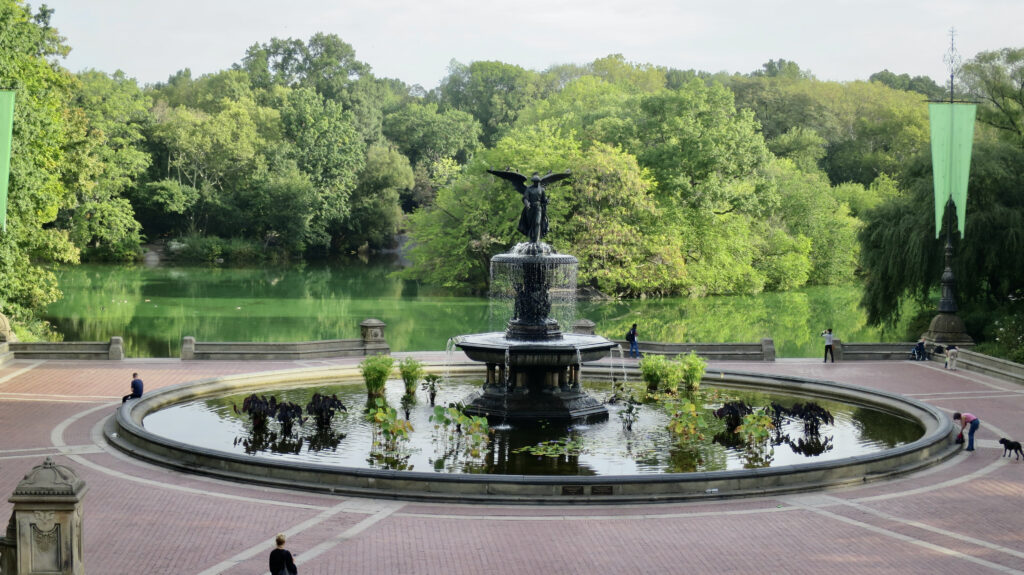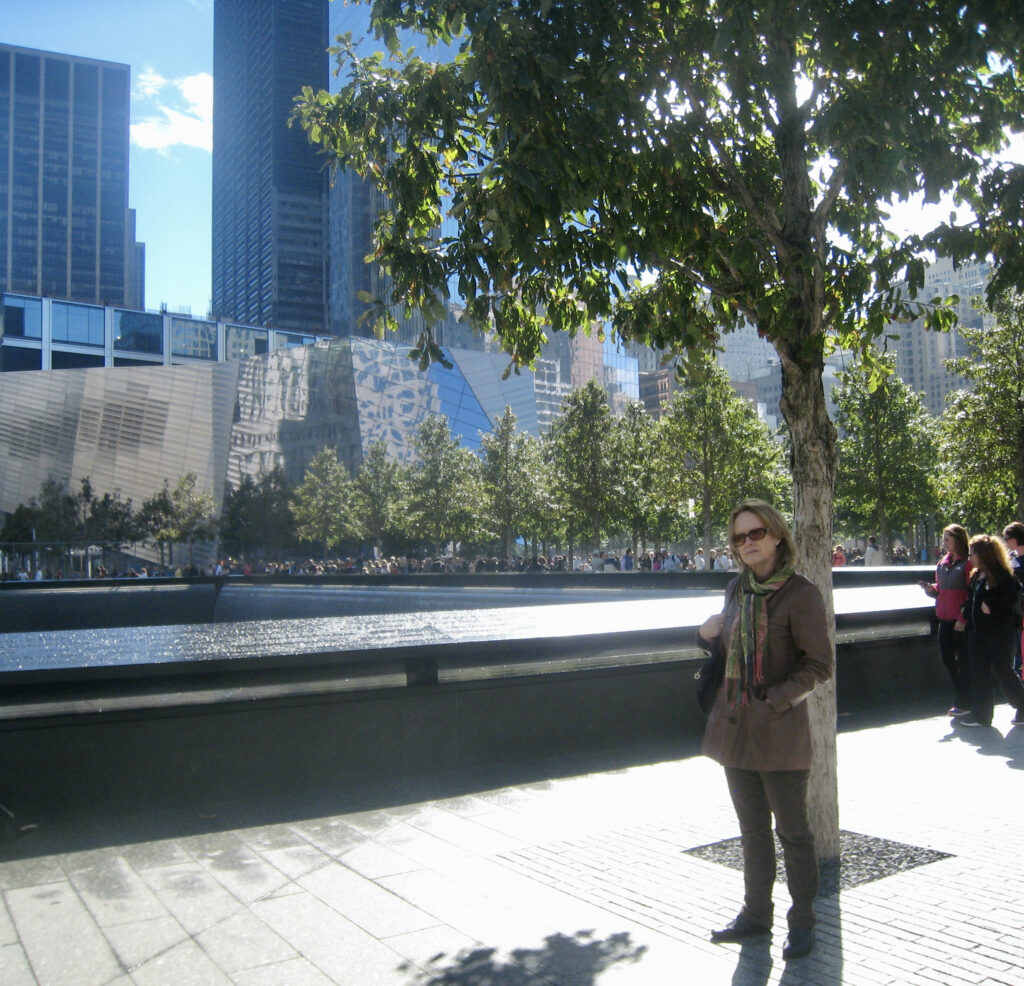Numbered streets run into numbered avenues, except for those with names. The thought is on my mind, if I can make it here, I can make it anywhere. Interesting bridges connect neighborhoods to the waterfront. All of this could remind me of Vancouver, except that New York is a bigger, multi-faceted city where nothing happens like elsewhere.
At first, I have things under control. After all, New Yorkers graciously help when we mull over a map at a street corner. But it’s another story in the subway stations where no one is “from here,” or everyone is rushing to a system of lines that demands serious consideration before embarking on a ride.
From the World Trade Center (Downtown) the blue A or C lines are obvious choices to go to Central Park (toward Uptown), except that the A line is an express line. If you miss getting off at 59th Street, you will be zipped to the terminal at 168th street, near Harlem, in Washington Heights, a Latino district in northern Manhattan. The good news is that the subway is proven overall safe, as are most New York boroughs.
Taxis are more convenient, although reasonably pricier, and usually slower due to the unpredictable density of traffic. At the 9/11 Memorial and Museum, we discover that visitors can’t always be let off by the entrance due to years of construction work around the block, something to remember if you have physical limitations. Forget about rental cars, most New Yorkers don’t drive. In the end, the best way to discover the Big Apple is on your feet (in comfortable walking shoes).
The High Line, a former elevated freight-train track transformed into a pedestrian lane, bordered by a natural landscape and artwork, is an unusual way to discover Manhattan—through the Garment, Art Gallery, and the Meatpacking Districts, the latter now the latest hot spot for fashion. Besides, it’s satisfying to look down to the street instead of up to the vertiginous skyscrapers.
New York parks are another unique experience. Uptown, the classic and modern skyline of luxurious real estate surrounds Central Park like the intricate frame of a painting. What had been America’s first urban public parc is bordered by lanes busy with joggers, bikers, stroller pushers, dog walkers, and wheelchair drivers going about their day. Under the park canopy, visitors—including horseback riders on their own paths—come here to balance the energy of urban life with the soul-grounding need for nature. Did I mention carriages? There are talks of retiring them, perhaps to get rid of the smell of horse poop on a hot and humid day, although it realistically emulates rural life. As for the pedicabs—tricycle-taxis—be smart enough to ask about the per minute fare du jour. New Yorkers can also go to the park to play indoors at the Chess and Checkers House. A walk might take you by the Pain Quotidien pavilion for breakfast or lunch, or by the Jackie Kennedy Reservoir. Some people have a picnic—available from the street food trucks—while sitting on outcroppings, watching parents watch their kids on the playground, or dogs and their owners mingle into groups.
What happens at the bend of a path or along the Mall—the pedestrian avenue that crosses the park—is anyone’s guess. One morning, unbeknownst to me, I photograph a brown Labrador dog, with Charlie Rose in tow—the CNN offices overlook the park. Another time, a harpist lured me to sit on the Bethesda Fountain steps, and to lose track of time. As for the Strawberry Fields memorial it’s always crowded with people remembering John Lennon. On the Southern West corner of the park, you can get back to street life by renting a bright blue City Bike. Or you can cross the street to the glitzy Plaza Hotel and have a drink in the nonetheless casual Palm Court Café.
New York is a city of contradictions and therefore of broad-mindedness. Perhaps it’s because of the Hudson River that gently glides through the city that never sleeps, or the mighty Atlantic Ocean that opens to the horizon. Or is it because of the parks meant to escape time, or the vibrant streets meant to be on time? Indeed, “It’s up to you, New York, New York.”
First published 2015 West Vancouver Beacon





